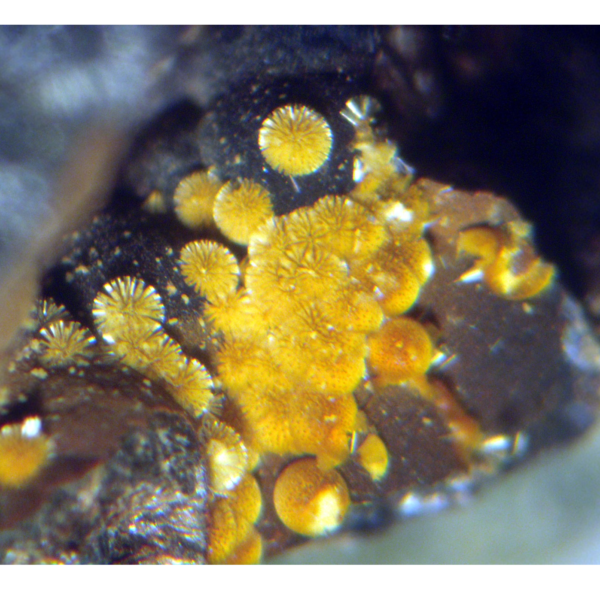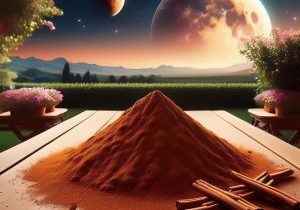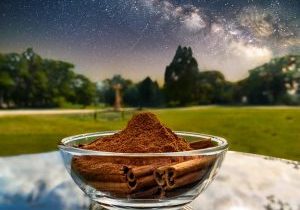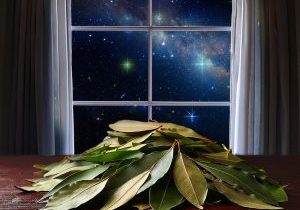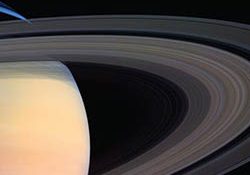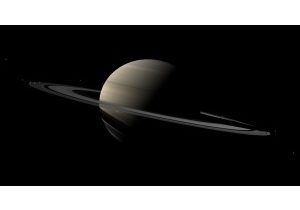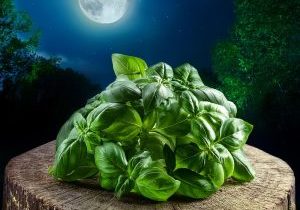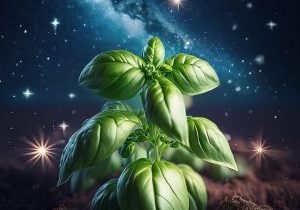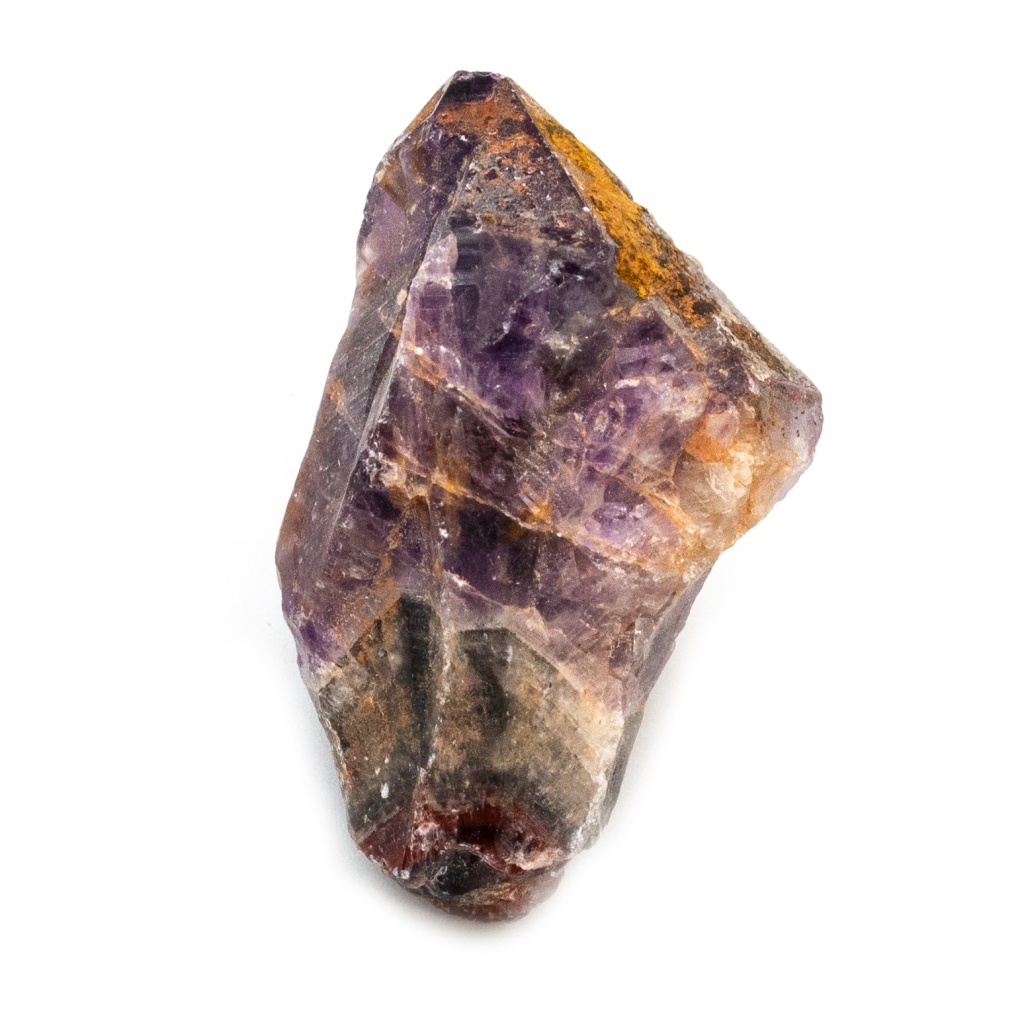
The Mysteries about Super 7
You may know Super 7 and Melody Stone as a rare stone made up of seven different minerals, Amethyst, Cacoxenite, Clear Quartz, Goethite, Lepidocrocite, Rutile, Smoky Quartz, and sometimes Hematite only found in the Holy Spirit, Espiritu Santo, region of Brazil. This article will uncover some truths, mysteries, and history of Super 7.
The Beginning of Super 7
Our journey begins with Melody, a crystal author, and Brazilian Miners.
A specific mine in Brazil came across a pocket of impure Amethyst that seemed unsellable because it did not contain the highly sought-after pure violet color.
We, Crystal Vaults, suspect there was a mineral test that showed the sample of Amethyst had traces of the seven minerals (probably more). We also suspect the miners called in Melody for assistance on how to sell this material because Melody trademarked the material as Super 7 and Melody Stone. The trademark was filed in 2014 for Melody's Stone and canceled in 2021. The trademark for Super Seven was filed in 2007 and is still active.
We were unable to find evidence to support this assumption as there have been no online mineral test results for Super 7.
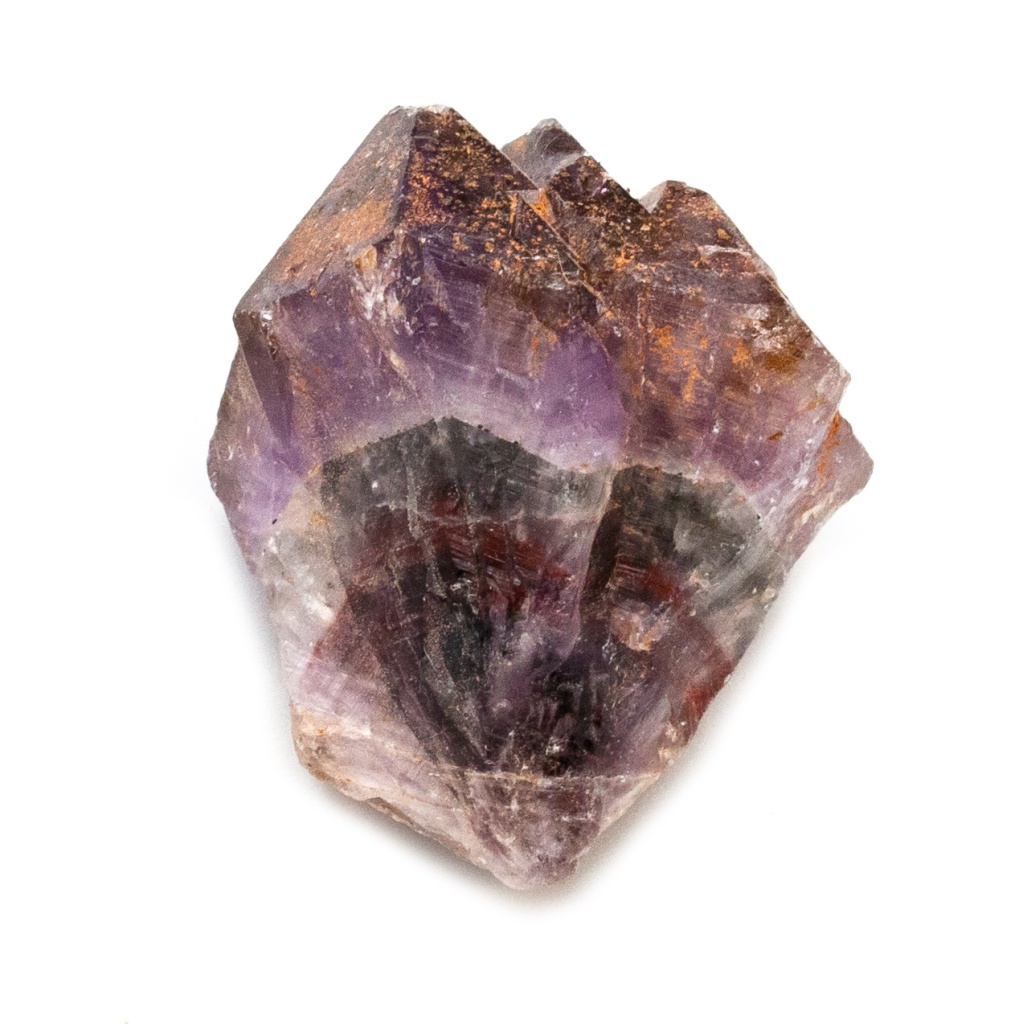
Cacoxenite vs. Super 7
Cacoxenite is another name crystal dealers refer Super 7 and Melody Stone as. However, Cacoxenite is a separate mineral that is quite distinctive in that it is very articulate and radial. According to Mindat, Cacoxenite does appear in Quartz, but recently experts believe it can not appear in Amethyst.
Experts now believe the Cacoxenite inclusions in Super 7 are actually Goethite. It is said that Cacoxenite can never form in Amethyst as there is no phosphorus in the environments in which they crystallized.
The issue is that Cacoxenite contains Phosphorous. Its chemical formula is
Fe3+24AlO6(PO4)17(OH)12 · 75H2O. The P is Phosphorous. The issue continues that experts have not found Amethyst in any environment where there is Phosphorous.
So how could crystals of Cacoxenite form that need phosphorous in environments where there isn’t any?
It seems most mineral experts believe that what is being sold today in the market as “Super 7” does not contain any significant amount of either Cacoxenite or Lepidocrocite.
Super 7 Today
There is a lot of low-grade Amethyst in the ground and seemingly a lot of it has the appearance of what Melody and the miners found in their mine. Does any of what is being sold as Super 7 actually contain any of the seven minerals claimed, or all of them? The consensus of the crystal community is no.
Cacoxenite Amethyst may well not exist. We have found no scientific evidence that Cacoxenite forms in Amethyst. We also found no scientific evidence that proves today's Super 7 does contain all the minerals it claims.
You'll find that crystal dealers claim that it is not always possible to see the presence of each mineral because they may be there on a microscopic level and still shares the healing and metaphysical properties of each mineral even if not physically present.
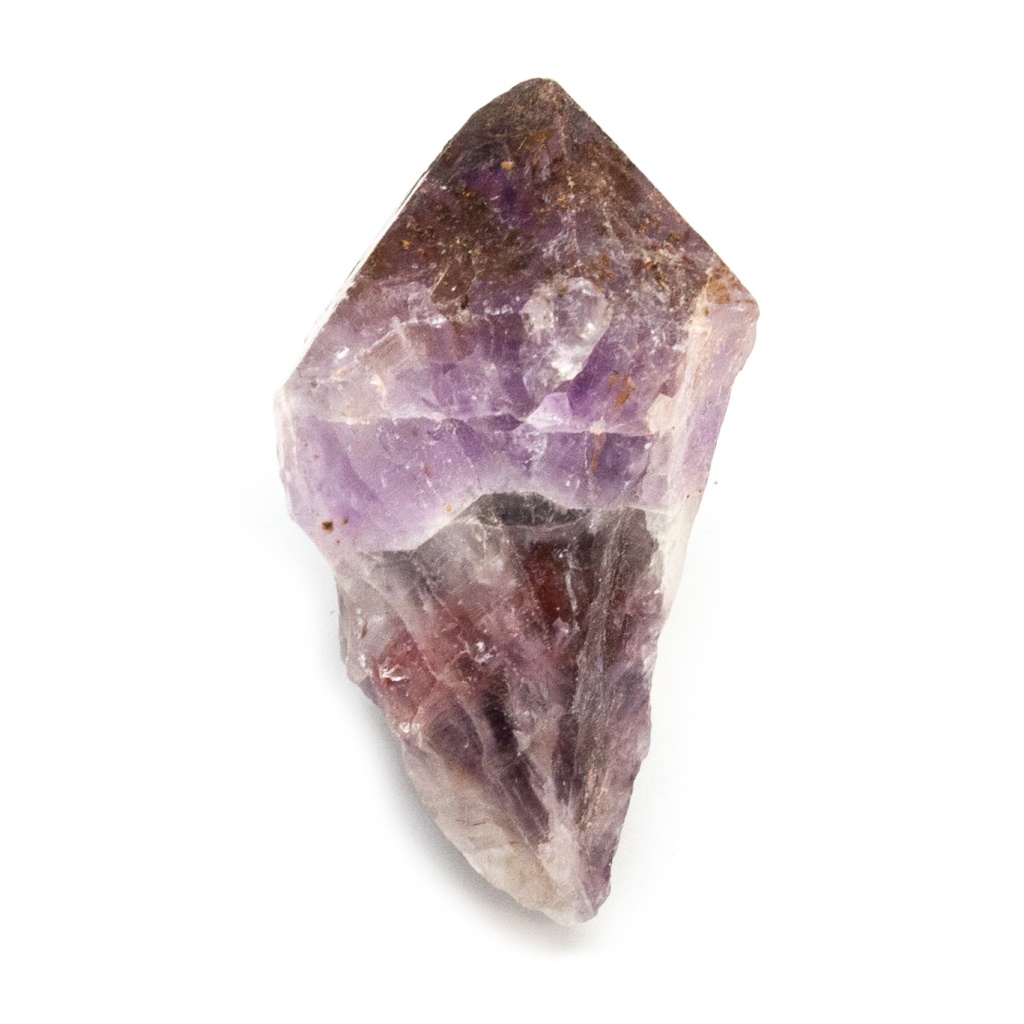
We've found the terms Super 7 and Melody Stone to be marketing terms in the crystal community to help sell low-grade Amethyst with mixed minerals. We still believe these materials to have great healing and metaphysical energy.
There are still details and mysteries about Super 7 yet to be uncovered. As more information comes to light, we will continue updating our information resources to reflect the most accurate information.
If you have more insight on the mysteries about Super 7 and would like to share, email us at support@crystalvaults.com.
Keep Reading...
AUTHOR INFORMATION
GIA Graduate Gemologist, Hank Mason, and COO of Crystal Vaults, Jessica Bilyeu, worked together to research and write this article to provide clarity on the stone named Super 7.

Always stay up to date on crystals, sales, and more by joining our email list!
We're proudly spam-free and will only send you the best crystal info and sales.

